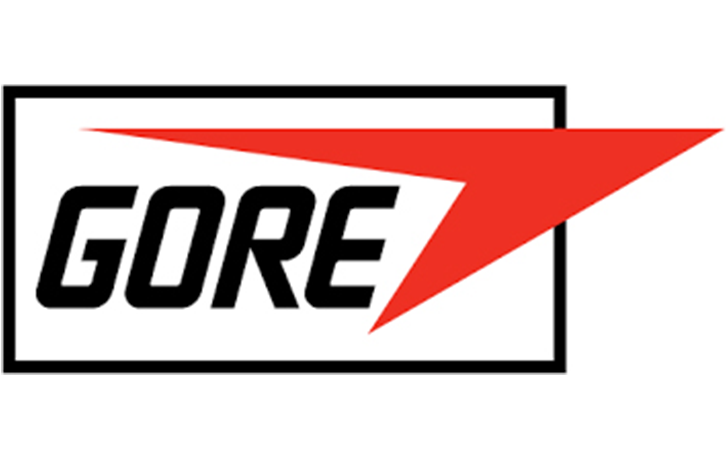When the W. L. Gore company realized that its ergonomics program needed a massive overhaul, it dedicated the time and effort to developing a strong, sustainable one, and partnered with VelocityEHS Industrial Ergonomics to get it done right.
In the “W.L. Gore and Associates, Inc. Systems Approach Built to Stand the Test of Time” session of the 2021 VelocityEHS Short Conference, Michael Mauro, Divisional Ergonomics & Error Proofing Champion of W.L Gore and Associates, Inc. (Gore) gave a detailed tour of the company’s process of creating its current ergonomics program.
But to keep this summary short, like the conference this session came from, we’ve broken down the key elements of Gore’s ergonomics program process for you.
Gore was honest about its starting point.
When Gore began its ergonomics process in 2018, they had a program with low effectiveness and low efficiency.
- Leadership had limited visibility of the true number of ergonomic injuries, and there were no tools to identify injury risk levels.
- 70% of injuries in Gore’s manufacturing were musculoskeletal disorders (MSDs).
The plan was broken into phases, each with specific challenges and goals.
Gore broke their process for developing and implementing an effective ergonomics program into four phases:
- Intro – Assembled a team and defined specific goals for the program; deployed VelocityEHS Industrial Ergonomics to give employees ergonomics training and risk assessments.
- Growth – Trained leadership on the ergonomics program; expanded education offerings for employees; developed tools for data & analysis; processed risk reduction.
- Maturation – Defined the program’s objectives in operations; shared best practices; refined the metrics used to measure success.
- Business ownership – Embedded the disciplines of the ergonomics program into operations; ensured cross-functional participation in the process and held teams accountable; worked continuously to lower risk & injuries and encourage leadership ownership.
The ergonomics team had consistent conversations with operations about the improvements.
Although leadership support is necessary for an ergonomics program to be implemented, Gore knew that it also needed the participation and support of the employees for the program to truly be successful.
- The ergo team considered operations employees’ perspectives (what they need, what they value) and their perceptions (how they feel, what they think).
Influential leadership furthered ergonomics program support.
With the previous program leaving leadership in the dark, Gore made sure to develop its new program to have direct communication with them.
- Open door communication was encouraged and ensured a smooth flow of information between leadership groups.
- Leadership was presented with the metrics that were most valuable, and the ergo team determined how often to share the metrics.
They educated everyone on the ergonomics program.
- All employees were provided with ergonomics education and training (through
VelocityEHS Industrial Ergonomics) to develop their knowledge of the process and system.
They were patient.
- Reviews of the ergonomics process were embedded into traditional quarterly/mid-year business reviews for consistency.
Now, in 2021, W. L. Gore has sustained and maintained its ergonomics plan and continues to review and improve it.
Still want to see the nitty-gritty of this session? Watch the on-demand recording here, and you can also view any of the other session recordings.
